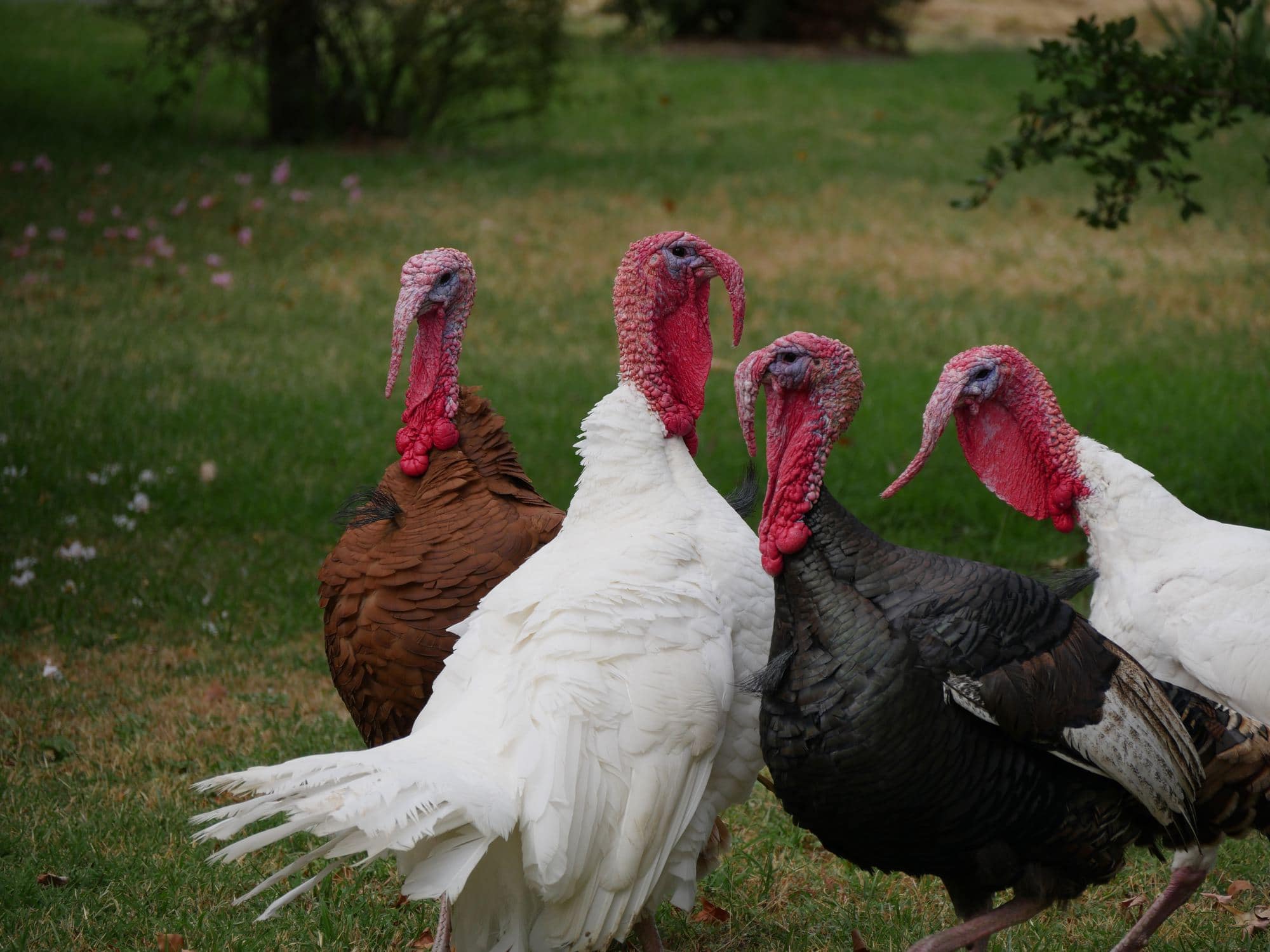Big Game Logic is reader-supported. When you buy through links on our site, we may earn an affiliate commission.
A lot of turkey hunters don't realize how important it is for them to know about the turkeys' winter food sources. Where these sources are will greatly determine where the turkeys will be when the spring season opens. And yes, that means you're going to have to bundle up and do some winter scouting. It's not only wonderful exercise, but winter often brings nature out in its highest levels of beauty and serenity.
Look for any remaining corn, bean or alfalfa fields, or any type of longer grasses like rye, that provide food with good nutritional value. This is what turkeys are looking for and need for survival. And if you have noticed, with the burgeoning wild turkey populations, they're pretty good at finding this type of food.

In addition to knowing where the turkey food sources are, you'll be able to determine where the turkeys are roosting. Usually the roosting areas are in close proximity to their food sources. In winter turkeys, don't like to travel far through the snow. Even though turkeys can and do fly, most of their travel is done on foot. The only times turkeys will fly is when they go to roost, when they are being spooked or chased by a predator, or when they have to cross water.
Turkeys are not long distance fliers, and they usually won't fly more than a couple of hundred yards at most. If you can find these habitat areas during the winter, you can pretty much bet that those turkeys will remain there throughout the winter unless the food source runs out, or they're chased out by predators or human pressure.
Once spring arrives, if there's snow on the ground (and in northern states, that is fairly common during the first and into the second week of the spring hunting season), target these habitat areas we spoke of. You'll see tracks, and can pretty much pinpoint areas to hunt. Especially look at south facing slopes as the snow melts. These areas have the least amount of remaining snow, and harbor newly exposed first growth forage. Field edges are another popular spot. They offer close proximity to protected cover, like heavy brush and woods.
Hunting and fishing guide, Phil Schweik, tells me that in high winter, he will consistently have 30 or more turkeys in his back yard, scrounging the seed being dropped from his bird feeders, as the birds feed - - and actually lots of deer come in for the same reason.
One interesting tidbit that Phil related to me, that I didn't ever really consider: He says that his winter turkey "visitors" are all hens or younger jakes, and some of the hens are "bearded". Yes, there are bearded hens! He says if he has a choice he will never shoot a hen, especially a bearded one, as old hens tend to have a lot tougher meat than let's say a two year old tom.
The reason? In Wisconsin for instance, you can only hunt toms during the spring season, so the hens are protected (unless they're bearded) and they tend to grow older, which means their musculature toughens through all their additional years of running through the woods. See guys, women aren't always that "tender." Oops, maybe that's a lesson you've already learned.
Bottom-line: Start your spring turkey hunt in winter by doing some scouting. It will provide you with an extra "leg-up" when the season starts.

